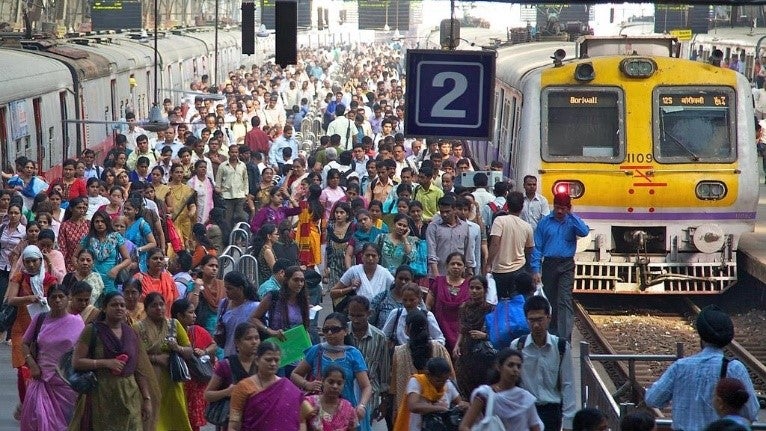 Rhacophorus lateralis or Boulengers Tree Frog is an endangered species of rhacophorid tree frog endemic to the Western Ghats in South India
Rhacophorus lateralis or Boulengers Tree Frog is an endangered species of rhacophorid tree frog endemic to the Western Ghats in South India
As wild animals lose their habitats due to human activities, many are forced into closer contact with farms and people. The closer proximity provides opportunities for diseases to jump species and infect domesticated animals and humans. The loss of forest habitats leaves other animals and plants struggling to avoid extinction. Feedback loops involving climate change, forests, and the loss of biodiversity need a coordinated response.
In 2021, two multilateral conferences are likely to set the direction and scale of the international response to these interrelated challenges. The UN’s Convention on Biological Diversity convenes in October in Kunming, China. In November, the UN’s 26th climate change Conference of the Parties or COP 26, meets in Glasgow, Scotland. Both are being held a year late because of COVID-19.
The pandemic has created a greater awareness in South Asia and around the world of human dependence on healthy ecosystems for food, water, shelter, fuel, and other needs. Leaders of major economies may be ready to commit to more ambitious goals to slow climate change and preserve the earth’s fragile, life-sustaining ecology.
South Asia has a stake in both meetings. The region is one of the most vulnerable to climate change and is home to immense biodiversity and rare flora and fauna.

South Asia has a stake in both meetings. The region is one of the most vulnerable to the consequences of climate change and is home to immense biodiversity and rare flora and fauna. The countries of the region must acknowledge that though they are independent and sovereign nations, they share a single ecological space. South Asia’s rivers, forests, mountains, and seas are shared natural assets that cannot be divided like property. Nurturing and managing these assets collectively enhances their wealth-creating capacity for all people in the region.
There may be political tensions among South Asian countries. There may be competing economic and commercial interests. However, the cross-border consequences of climate change and ecological degradation demand collaborative action. National or even sub-regional solutions are not enough. The world needs to hear a united voice from South Asia so the region receives its due attention and support at the multilateral level.
As one of the most biodiverse regions of the world, South Asia is a repository of nature’s wealth. It has 19 of the world’s 235 eco-regions, a science-based ranking of outstanding terrestrial, freshwater and marine habitats. South Asia also has three of the world’s biodiversity “hotspots” – biologically rich land areas significantly threatened by human activity. They are the majestic Himalaya mountains, the tropical Indo-Burma area, and the Western Ghats mountain range and Sri Lanka. Forests make up 17 percent of South Asia’s land area, constituting an extensive and valuable carbon sink for the globe as a whole. These assets are a shared pool of wealth for the region but they sprawl across political boundaries. There is a compelling need to devise collaborative mechanisms to manage these assets.

The 16th summit of the South Asian Association for Regional Cooperation (SAARC) in 2010 adopted ecological sustainability as its theme in a declaration entitled, “Towards a Green and Happy South Asia.” Later that year, SAARC countries were able to formulate and present a common SAARC position at COP-16 in Cancun. It is time to revive that brief spirit of common endeavour for the two historic conferences this year. We owe this to our people and to our common future.
As the largest country in South Asia, India is at once the most vulnerable but also the most capable in addressing the region's ecological challenge, in particular the climate change emergency. It has the responsibility to mobilise the countries of South Asia to articulate collaborative responses to meet these challenges. Prime Minister Modi has taken the lead in bringing the South Asian countries together in dealing with the ongoing COVID-19 pandemic. A South Asia summit dedicated to climate change and evolving a common position to be presented at the Kunming and Glasgow conferences would be a timely initiative on the part of India.
Is India ready to take the lead?


Join the Conversation